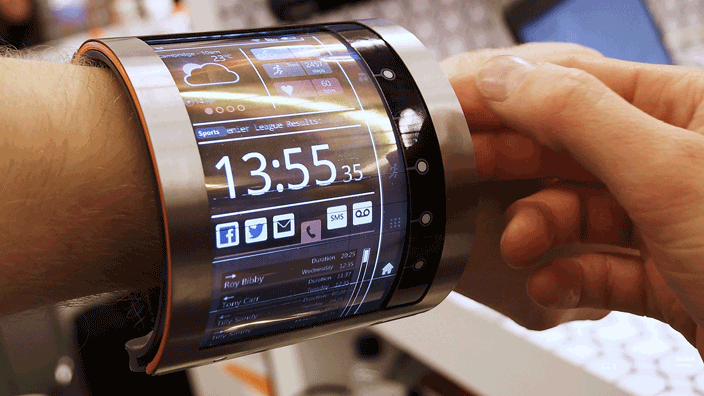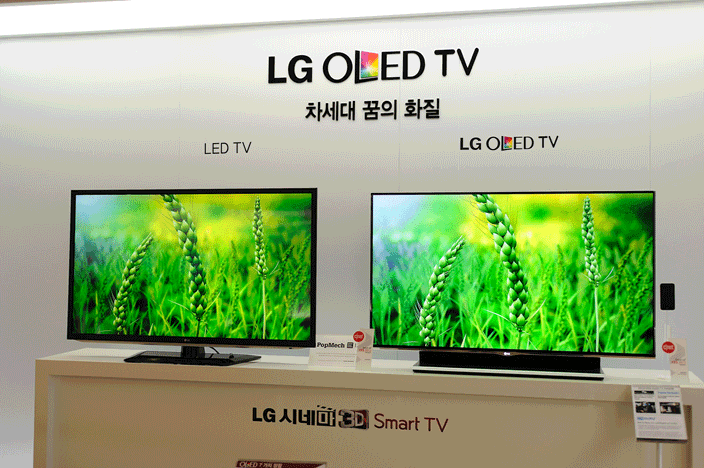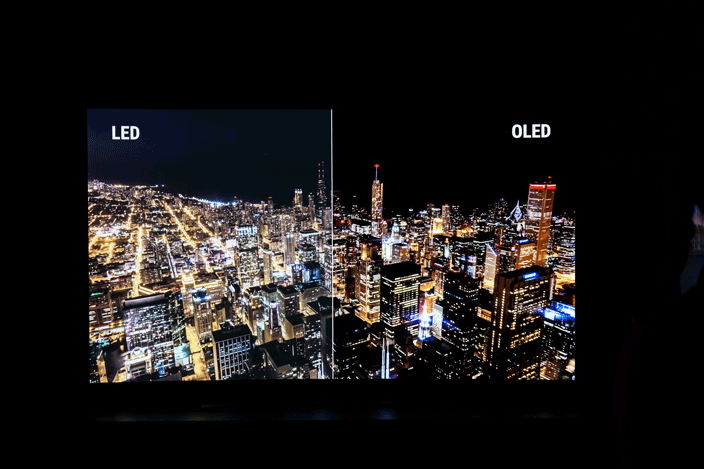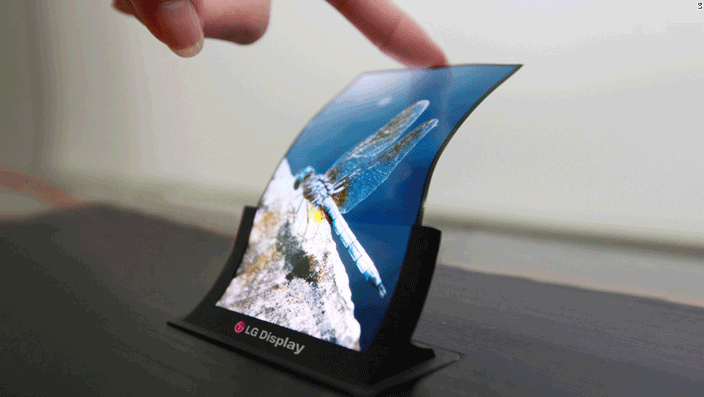OLED Video Displays Are Starting To Take Over The Mass Market
Plasma video displays were an enormous technological step forward, replacing the traditional cathode-ray tube with thin screens containing a gas through which electricity was passed in order to create video images. When LCD/LED technology advanced to the point where it could produce quality that rivaled that of plasma, it became the de facto standard for modern video display and plasma was dead.

Enter OLED (organic light emitting diode) technology. Right now, it’s only used on high-end models of HDTVs, but it’s making faster inroads in other areas like phones, tablets and wearable devices. And OLED is on its way to taking over the mass market in ways that might surprise you; the market research firm IDTechEx is predicting that the OLED market will almost quadruple over the next ten years, to $57 billion dollars.
What Makes OLED So Different?

The technical difference between LED and OLED is huge. An LCD/LED display requires some sort of backlight in order to activate the pixels that make up the picture. In an OLED display, the pixels themselves (contained in an organic carbon film) emit the light when an electrical current passes through them. The end result is an incredibly vibrant picture, because you get true blacks when the pixels turn themselves off completely.
There were initial issues with OLED because of the short lifespan of some of the organic materials. Those have largely been solved, though, and a large number of OLED 4K TVs are now on the market with their prices coming down quickly. The technology is also being used for displays on many tablets, smartphones and wearables.

But there’s another enormous advantage to OLED, due to the fact that backlighting is no longer required.
The Future: Flexible Video Displays
Manufacturers are now able to create OLED displays in flexible materials like plastic, rather than the glass and glass substrates commonly used in traditional video display screens. These plastic panels are thinner and lighter than ever, certainly an advantage for the types of devices we now use.

It’s even more of an advantage for devices recently released or on the drawing board. Curved OLED TV screens are one obvious application, many new virtual reality headsets feature the technology, and automakers are planning video screens which can curve or fold neatly fit into the available space on a car’s dashboard.
But even more exciting is the work is being done on products like bendable and foldable TVs and mobile devices, which may be on the market sooner rather than later. At this year’s Consumer Electronic Show, LG showed one example: an 18-inch video screen, which could be rolled up tightly and stored like a piece of paper. The same approach will allow the market for OLED wearables, currently limited to products like smart watches, to expand into electronic clothing and other futuristic concepts.
The IDTechEx forecast expects these flexible and plastic OLED displays to drive short-term growth in the market; currently it’s a $2 billion dollar segment but the firm believes that it will be responsible for $18 billion dollars in sales by the year 2020. And clearly, that’s just the start of a process we’ve seen before: OLED almost completely supplanting LCD/LED in the same way that LCD/LED replaced plasma.



